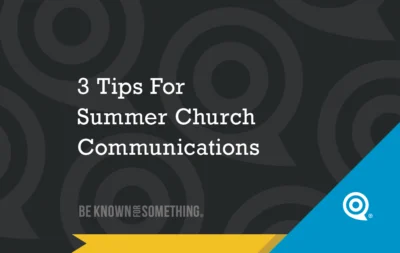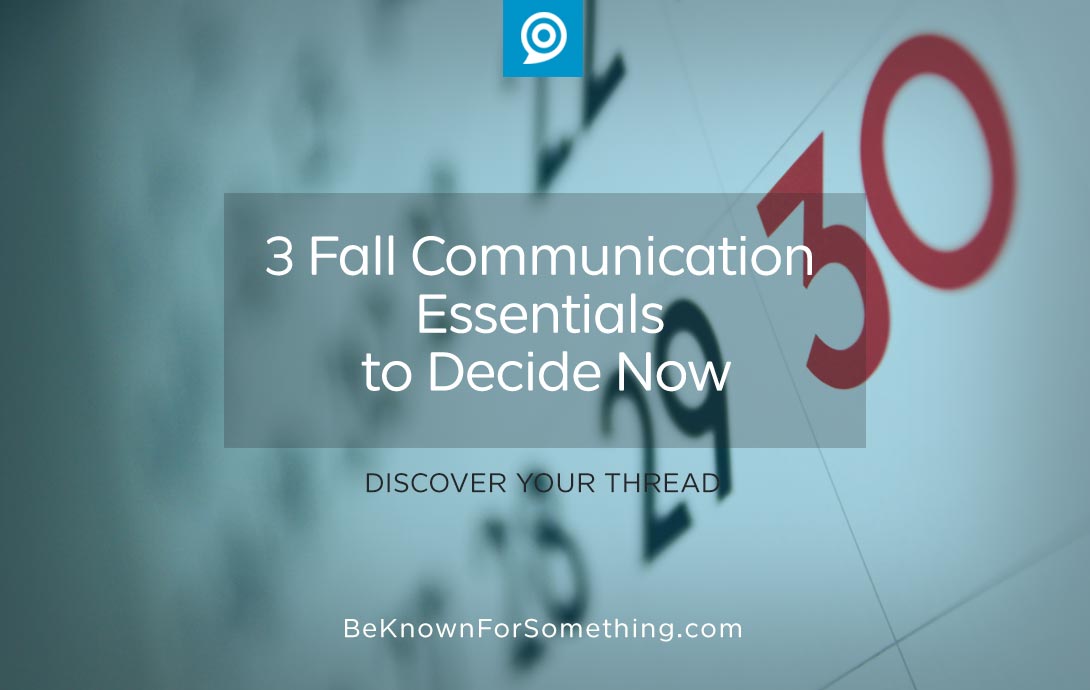
3 Tips For Summer Church Communications
When I’ve taught Sunday School classes, I’m always amazed how attendance fluctuated very little each week yet we had different

We’re about two months away from your church “fall launch”. It’s vacation time for you and your congregation, so you deserve to relax, right? Nope. Not unless you have everything in order for the fall already.
Most church communicators aren’t fully prepared from the discussions I’m having with them. So, before you head to the beach, consider these 3 essentials that take a bit of time to implement for the fall rush. And then commit to getting them done!
If you get these correct, you’ll have a fall like no other! People will be attracted to your programming, interested in up-coming events, and able to discover everything that’s offered for them at the church. This is the role of a great church communicator!

When I’ve taught Sunday School classes, I’m always amazed how attendance fluctuated very little each week yet we had different

Church Rebranding, it’s all the rage. And it’s a great trend. In fact, if you haven’t branded or rebranded in

Everyone starts out in a field and seeks to learn from those around them. Eventually leadership sees skills that are
Discover your thread®. Be Known for Something® relevant and needed. Pastor, control your church brand and be heard again.
– Discover Your Audience
– Build Your Brand
– Communicate & Be Heard
Communicate so your congregation & community pays attention to your website, social media, & email!
We'll never spam you. Unsubscribe anytime.
